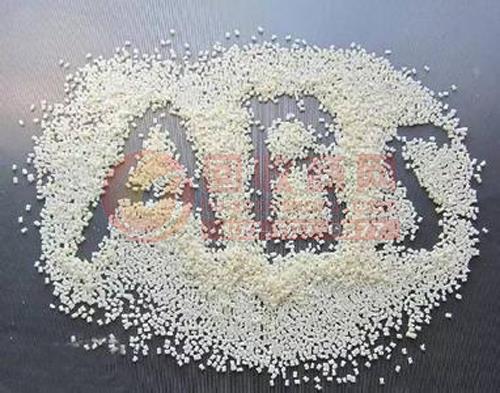
aBS plastic
Chemical name: acrylonitrile-butadiene-styrene copolymer
English name: acrylonitrile Butadiene Styrene
Specific gravity: 1.05 g / cm 3 molding shrinkage: 0.4-0.7%
Molding temperature: 200-240 ° C Drying conditions: 80-90 ° C 2 hours
Features:
1. Good comprehensive performance, high impact strength, chemical stability and good electrical performance.
2, with 372 plexiglass good welding, made of two-color plastic parts, and can be chrome-plated, painted.
3, has high impact, high heat, flame retardant, enhanced, transparent and Other levels.
4, the fluidity is a little worse than HIPS, better than PMMa, PC, etc., and good flexibility.
Uses: Suitable for making general mechanical parts, wear-resistant parts, transmission parts and telecommunications parts.
Molding characteristics:
1. Amorphous material, medium fluidity, large moisture absorption, must be fully dried, and the plastic parts with gloss on the surface must be preheated and dried for 80-90 degrees for 3 hours.
2. It is advisable to take high material temperature and high mold temperature, but the material temperature is too high to be easily decomposed (decomposition temperature is >270 degrees). For high precision plastic parts, the mold temperature should be 50-60 degrees, high gloss. For thermoplastic parts, the mold temperature should be 60-80 degrees.
3. If you need to solve the water trap, you need to improve the fluidity of the material, adopt high material temperature, high mold temperature, or change the water level.
4. If the heat-resistant grade or flame-retardant grade material is formed, after 3-7 days of production, plastic decomposition products will remain on the surface of the mold, which will cause the surface of the mold to be bright. It is necessary to clean the mold in time, and the surface of the mold needs to increase the exhaust position.
ABS resin is the largest and most widely used polymer at present. It combines the various properties of PS, SaN and BS organically, and has excellent mechanical properties of toughness, hardness and rigid phase balance. aBS is a terpolymer of acrylonitrile, butadiene and styrene, a represents acrylonitrile, B represents butadiene, and S represents styrene.
aBS engineering plastics are generally opaque, the appearance is light ivory, non-toxic, odorless, with tough, hard, rigid characteristics, slow burning, yellow flame, black smoke, softened, burnt, and special after burning The smell of cinnamon, but no melting dripping phenomenon.
aBS engineering plastics have excellent comprehensive properties, excellent impact strength, dimensional stability, electrical properties, wear resistance, chemical resistance, dyeability, molding processing and mechanical processing. The aBS resin is resistant to water, inorganic salts, alkalis and acids, is insoluble in most alcohols and hydrocarbon solvents, and is readily soluble in aldehydes, ketones, esters and certain chlorinated hydrocarbons.
Disadvantages of aBS engineering plastics: low heat distortion temperature, flammable, and poor weather resistance.
Ningbo Kyson Cool Electronic Technology Co., Ltd. , https://www.kysonrefrigeration.com
